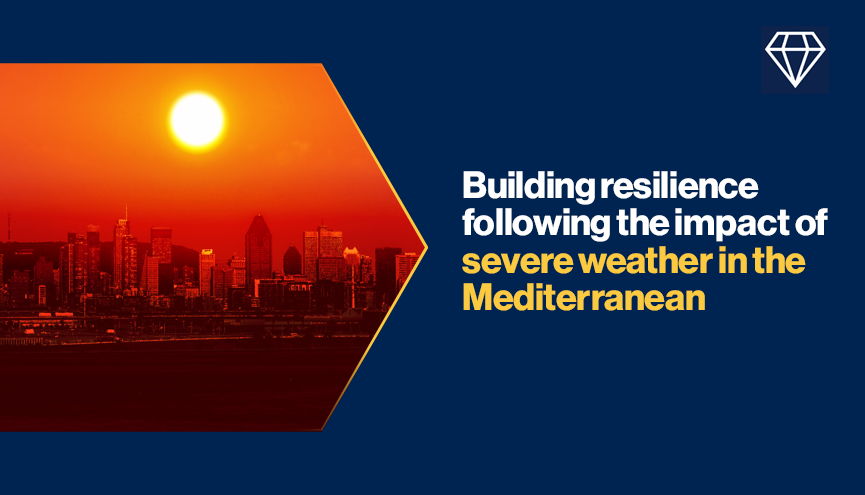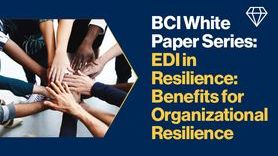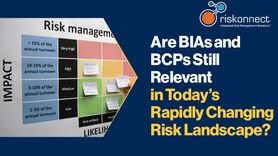Building resilience following the impact of severe weather in the Mediterranean

Please note that this article is exclusive to BCI Members only. If you are a Member please login into your website account to read the full content.
A threat is the event that can affect a delimited geographical area, such as flooding or an earthquake. Threat levels today are determined through systems such as weather forecasts, early warning, or seismic alerts. If a territory suffers regularly from the occurrence of natural disasters or weather hazards, it means it has a high exposure rate to these phenomena. Exposure derives from the location and the development of natural events, and it generally cannot be controlled or influenced. For instance, some valleys surrounded by mountain chains tend to be subject to violent thunderstorms during the summer period[2].
However, being exposed to challenging natural conditions does not necessarily make the area fragile, whether it is an industrial area, an urban space, or a natural ecosystem (Chiffi, 2020). Fragility depends on the level of preparedness and the ability to respond and recover to threats. For example, there are regions that are naturally exposed to the threat of earthquakes, and yet they are not fragile since they developed the appropriate measures to mitigate their impact[3]. Therefore, when evaluating for disaster risk, it is important to start with these three questions in mind:
- What are the threats that affect this geographical area?
- How often do they occur?
- How well would the area be able to respond and recover from them?









































